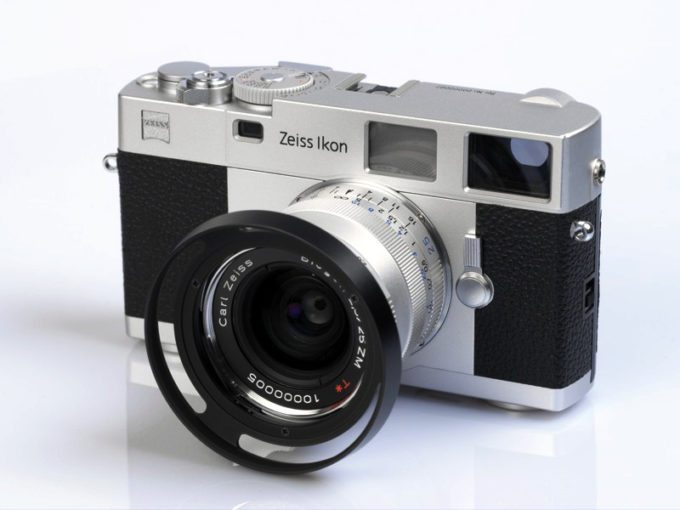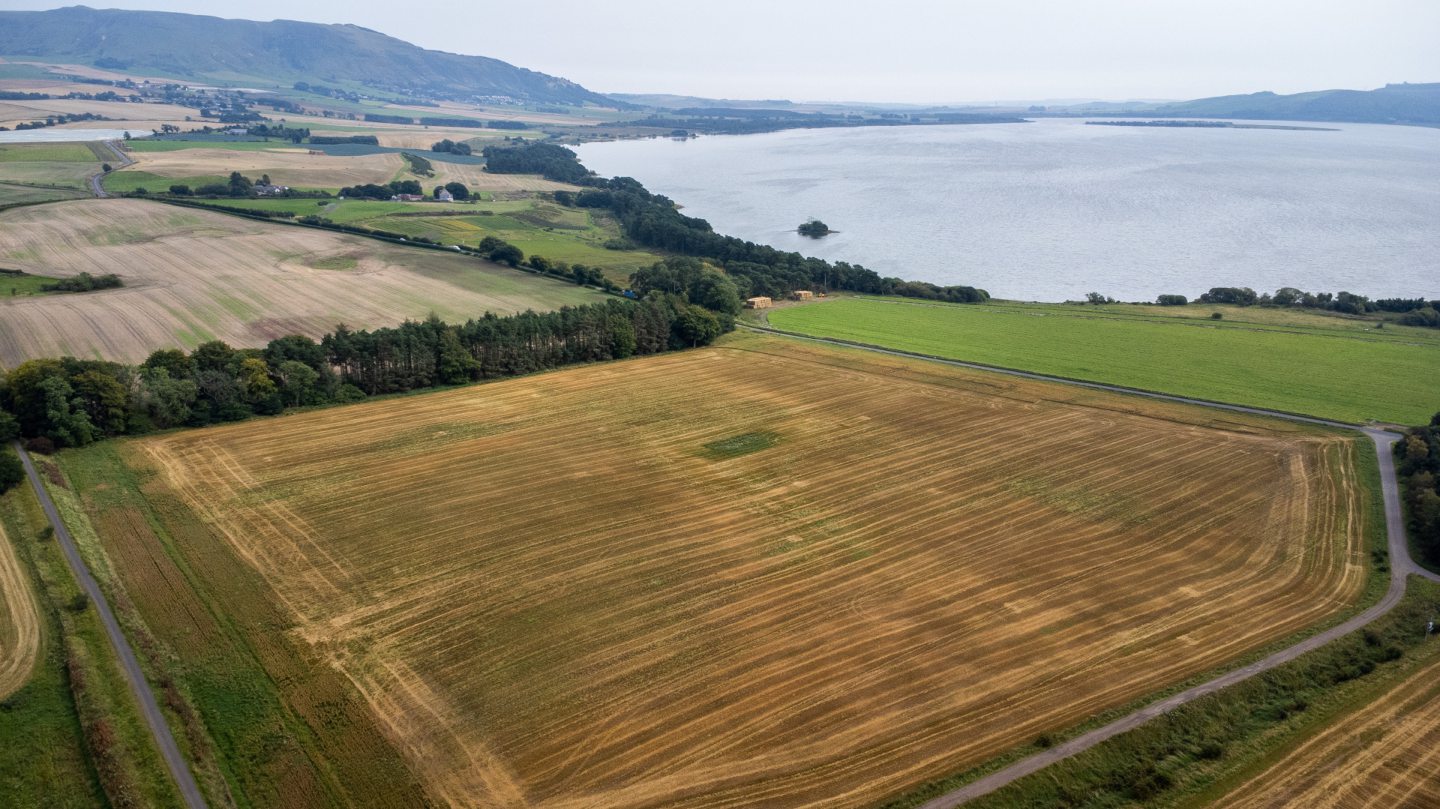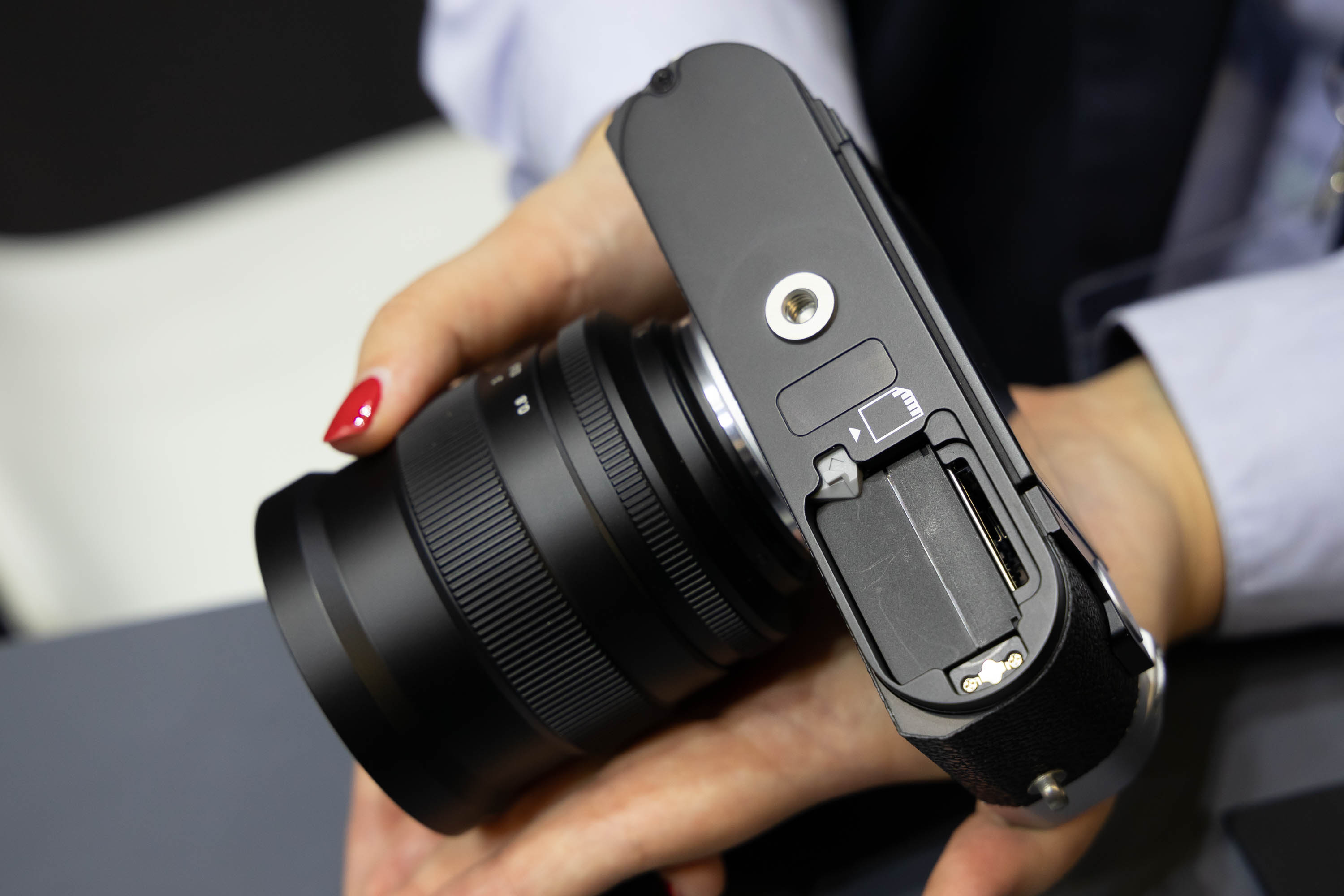

Other features: a self-zeroing frame counter and a folding rewind crank. There are also reflected parallax-compensating bright frames for 50 and 100mm lenses, and an ingenious accessory shoe mechanism that elevates the front of accessory finders as you focus to compensate for parallax.

The viewfinder has three click-stopped magnification settings-0.65x corresponding to 35mm lens coverage, 1.0x for 50mm lenses, and 1.55x (labeled Mg) for enhanced focusing accuracy.
#Range finder camera plus
They both have horizontal travel, metal blind focal-plane shutters with single non-rotating 1-1/1000 sec plus B shutter speed dials, and X-sync at 1/55 sec. The trigger makes the VI-T body about 5mm taller and 55g heavier than the VI-L, which is why the VI-L is my personal favorite. These gorgeous late-model Canon screw-mount rangefinders that debuted in 1958 are the same except that the VI-L has a conventional top-mounted film-wind lever and the VI-T has a hinged left-hand trigger that nestles in the base plate when not in use. Otherwise both are very similar to the M3. The Leica M4 of 1967-1975 added a combined set of frame lines for 35mm and 135mm lenses bringing the total to four, and added an angled rewind crank in lieu of the traditional rewind knob. The Leica M2 of 1958-1967 is essentially the same camera as the M3 minus a few trim flourishes, a manually set rather than self-zeroing frame counter, and a 0.72x range/viewfinder with frame lines for 35mm 50mm, and 90mm lenses. Built to the highest standards of mechanical and optical excellence, the Leica M3 is widely regarded as the best interchangeable-lens rangefinder 35 ever made and I concur, especially since I’m a 50mm shooter.Īlternative Leica Ms for 35mm wide-angle fans Later M3 models upgraded from double-stroke to single-stroke film advance, and added a finder frame preview lever.

Innovations include the M-bayonet mount still in use today, a magnificent combined 0.92x range/viewfinder with projected parallax-compensating field frame lines for 50, 90, and 135mm lenses, a film-wind lever in lieu of a knob, a single 1-1/1000 sec plus B shutter speed dial, a built-in self timer, and a removable base plate plus a hinged back door for easier loading. This landmark rangefinder camera of 1954-1966 was an audacious new design that took the Leica to an entirely new level. (You should also check out my recent buying guide to my favorite classic cameras of all time.)
#Range finder camera full
On the plus side, none of my analog favorites requires batteries, and they don’t have electronic components that might be impossible to replace down the road.Īnd so, without further ado, here are my five favorite 35mm-format rangefinder cameras of all time, plus one full frame digital rangefinder I just can’t live without. They’re not as optically versatile or easy to use as a current DSLR or mirrorless models, all lack modern conveniences like auto-exposure, autofocus, auto-bracketing, etc., and all but the last one in my list of favorites requires film. And when they’re fitted with the best age-appropriate lenses, they’re capable of capturing images of exquisite detail that have a vintage look. Rangefinder cameras are compact masterpieces of mechanical precision that have the look, feel, and balance of fine scientific instruments. And based on 50+ years of hands-on experience, I’m confident that the very best analog rangefinder cameras do embody something special that’s mostly lacking in today’s digital marvels. I’m a fanatic when it comes to classic 35mm rangefinder cameras.


 0 kommentar(er)
0 kommentar(er)
